Jambalaya Seasoning: The Secret to Spicy Southern Magic – A Flavor Journey You Can't Miss!
If you've ever taken a bite of jambalaya and thought, 'What makes this dish so soulfully addictive?', you're not alone. The answer lies in the star of the show — jambalaya seasoning. Whether you're a seasoned chef or someone who's just discovering the magic of Cajun cuisine, this guide will take you on a flavorful journey through one of the South’s most beloved spice blends.
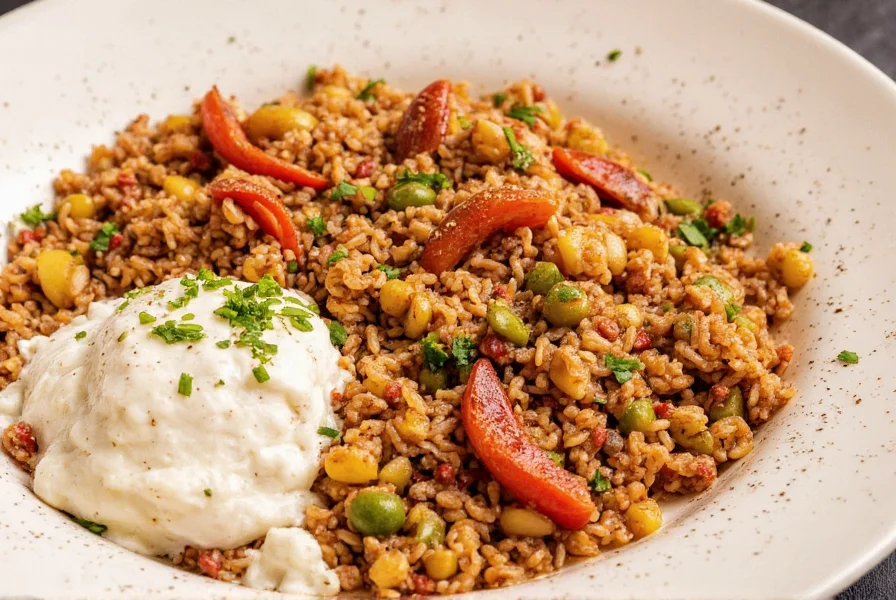
Table of Contents
- What is Jambalaya Seasoning?
- Why It Matters in Southern Cuisine
- How to Use Jambalaya Seasoning Like a Pro
- Top 5 Jambalaya Seasonings Compared
- Buying Guide: What to Look For
- Make Your Own Jambalaya Seasoning at Home
- Best Food Pairings with Jambalaya Seasoning
- Final Thoughts: Spice Up Your Kitchen Today
What is Jambalaya Seasoning?
Jambalaya seasoning is a robust, aromatic blend rooted in Cajun and Creole traditions. While recipes can vary from region to region — and even family to family — the core ingredients typically include:
- Paprika (for warmth and color)
- Cayenne pepper (for heat)
- Garlic powder
- Onion powder
- Thyme
- Oregano
- Black pepper
- Salt (optional depending on brand)
The difference between Cajun and Creole versions often comes down to the use of salt and the intensity of heat — Cajun tends to be spicier and less salty than its Creole cousin.
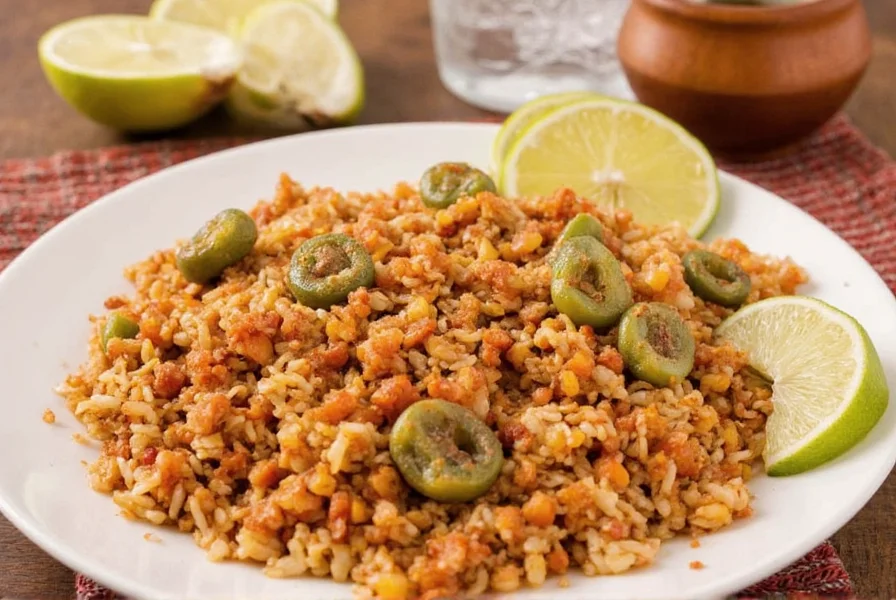
Why Jambalaya Seasoning Matters in Southern Cuisine
Let’s get real — Southern food wouldn’t be the same without bold, vibrant flavors. Jambalaya seasoning is more than just a spice blend; it’s a cultural cornerstone. Born from the melting pot of French, Spanish, African, and Native American influences in Louisiana, this seasoning reflects the spirit of improvisation and community that defines Southern cooking.
It transforms simple ingredients like rice, chicken, sausage, and shrimp into something deeply satisfying. One sniff, and you’re instantly transported to a bustling New Orleans kitchen, filled with laughter and simmering pots.
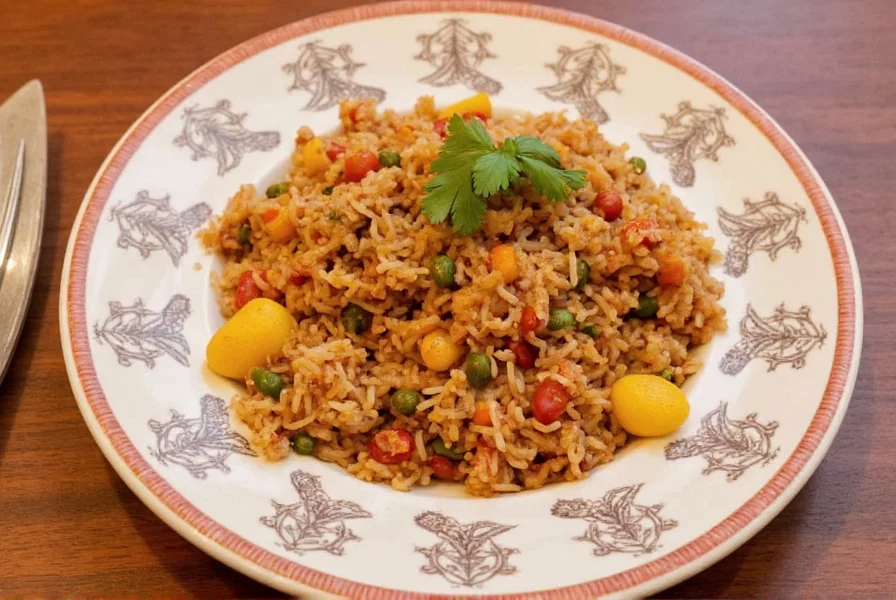
How to Use Jambalaya Seasoning Like a Pro
While it’s perfect for its namesake dish, jambalaya seasoning is a versatile powerhouse in your pantry. Here are five clever ways to make the most of it:
- As a Dry Rub: Sprinkle over chicken, pork, or shrimp before grilling or roasting for an instant flavor boost.
- In Soups & Stews: Add a teaspoon to chili, gumbo, or vegetable soups to bring warmth and depth.
- For Roasted Veggies: Toss root vegetables like sweet potatoes or carrots with oil and seasoning before roasting until golden.
- With Eggs: Stir a pinch into scrambled eggs or omelets for a spicy breakfast twist.
- DIY Popcorn Mix: Sprinkle over popcorn with a bit of melted butter and Parmesan for a zesty snack.
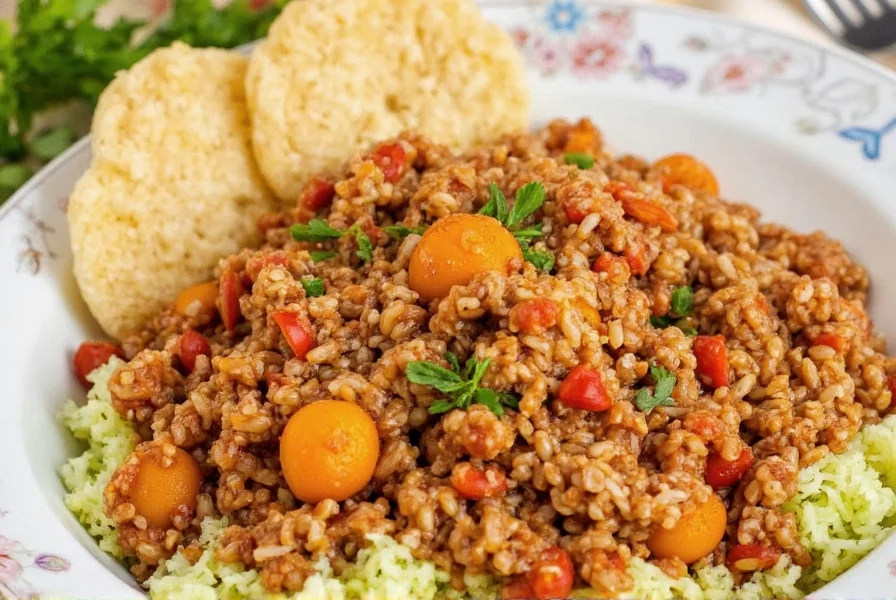
Top 5 Jambalaya Seasonings Compared
| Brand | Heat Level | Main Ingredients | Best For | Recommended Use |
|---|---|---|---|---|
| Zatarain’s Original | Mild to Medium | Paprika, Garlic, Onion, Thyme | Beginners and kids | Classic jambalaya, rice dishes |
| Old Bay Cajun Seasoning | Medium | Red Pepper, Paprika, Celery Salt | Seafood lovers | Gumbo, shrimp boils |
| Creole Classic | Medium-Hot | Chili Powder, Oregano, Garlic | Cajun purists | Homemade stews and gumbos |
| Tony Chachere’s Original | Hot | Cayenne, Paprika, Garlic | Spice seekers | Grilling, seasoning meats |
| McCormick Cajun Seasoning | Mild | Paprika, Bell Pepper, Black Pepper | Weeknight cooks | Rice, pasta, roasted veggies |
Buying Guide: What to Look For in Jambalaya Seasoning
When shopping for jambalaya seasoning, here are some key factors to keep in mind:
- Heat Level: Check if the label specifies mild, medium, or hot. If unsure, start mild and adjust later.
- Salt Content: Some brands load up on salt — read labels carefully if you're watching sodium intake.
- Whole Spices vs. Blends: For custom control, buy individual spices like smoked paprika or dried thyme and create your own mix.
- Freshness: Like all spices, freshness matters. Opt for smaller bottles or resealable containers if you cook infrequently.
- Use Case: Consider how you’ll use it. For seafood, go lighter; for smoked sausages or hearty stews, opt for bolder, spicier blends.

Make Your Own Jambalaya Seasoning at Home
Creating your own jambalaya seasoning is easy, fun, and lets you customize the flavor exactly to your taste. Here’s a simple homemade recipe:
DIY Cajun Jambalaya Seasoning
- 2 tbsp smoked paprika
- 1 tsp cayenne pepper (adjust for heat)
- 1 tsp garlic powder
- 1 tsp onion powder
- ½ tsp dried thyme
- ½ tsp dried oregano
- ½ tsp black pepper
- 1 tsp sea salt (optional)
Mix everything in a small bowl, then store in an airtight container. Use within 3–6 months for best flavor.
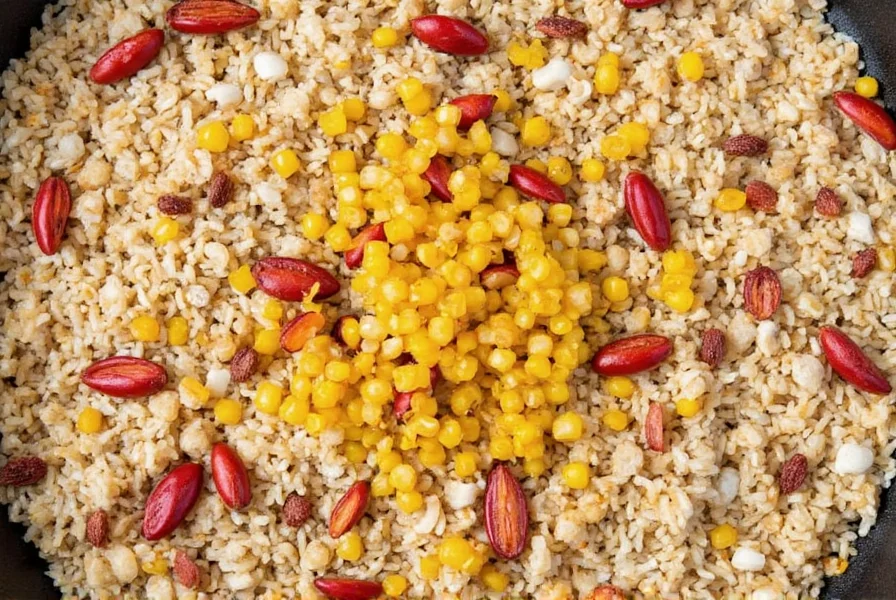
Best Food Pairings with Jambalaya Seasoning
This spice blend shines when paired with foods that can stand up to its boldness. Here are some great combinations:
- Andouille Sausage: Smoky and rich, the perfect match for spicy seasoning.
- Shrimp or Crawfish: Sweet seafood balances the heat beautifully.
- Okra: Helps absorb the flavors and adds a unique texture.
- Long-Grain Rice: Soaks up the seasoning and serves as the ideal base.
- Crusty Bread: Perfect for sopping up leftover juices.
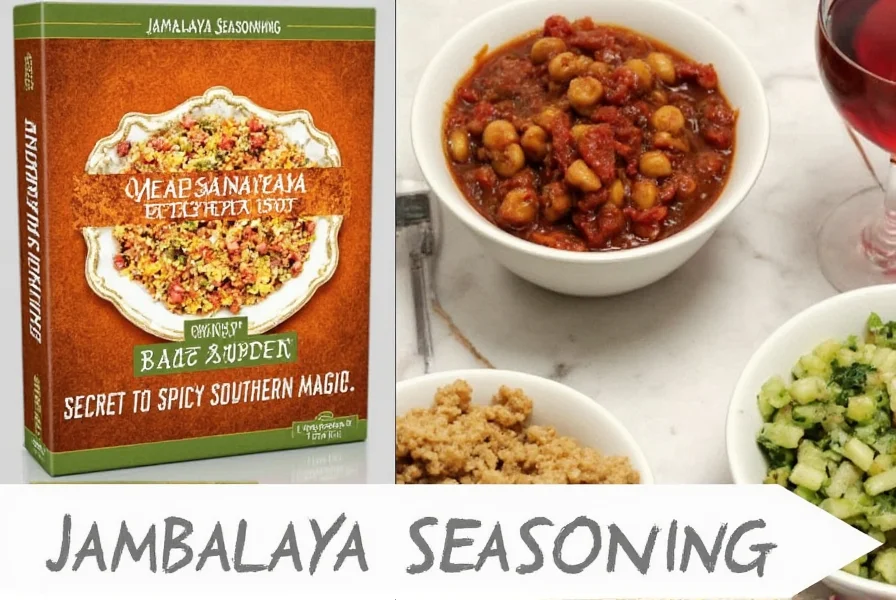
Final Thoughts: Spice Up Your Kitchen Today
Jambalaya seasoning isn’t just a shortcut to flavor — it’s a passport to a culinary tradition rich in history, culture, and soul. Whether you're whipping up a quick dinner or hosting a weekend feast, this spice blend brings the heat, heart, and harmony that only Southern cooking can deliver.
So next time you reach for the spices, don’t overlook this fiery little gem. With just a few shakes, you can transform everyday meals into extraordinary ones. And remember: life may be complicated, but your seasoning doesn’t have to be.
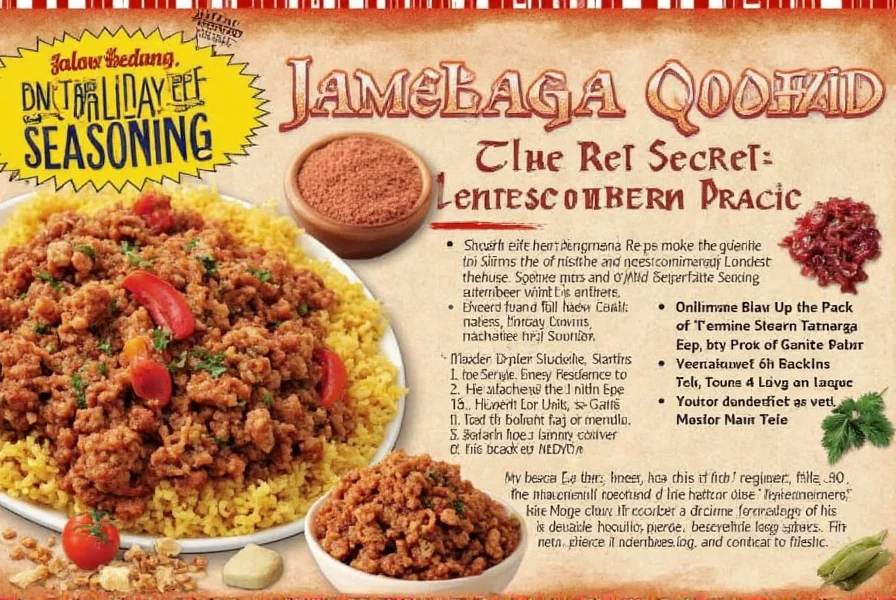
Ready to turn up the heat in your kitchen? Grab a bottle (or make your own), and let the spice adventure begin!

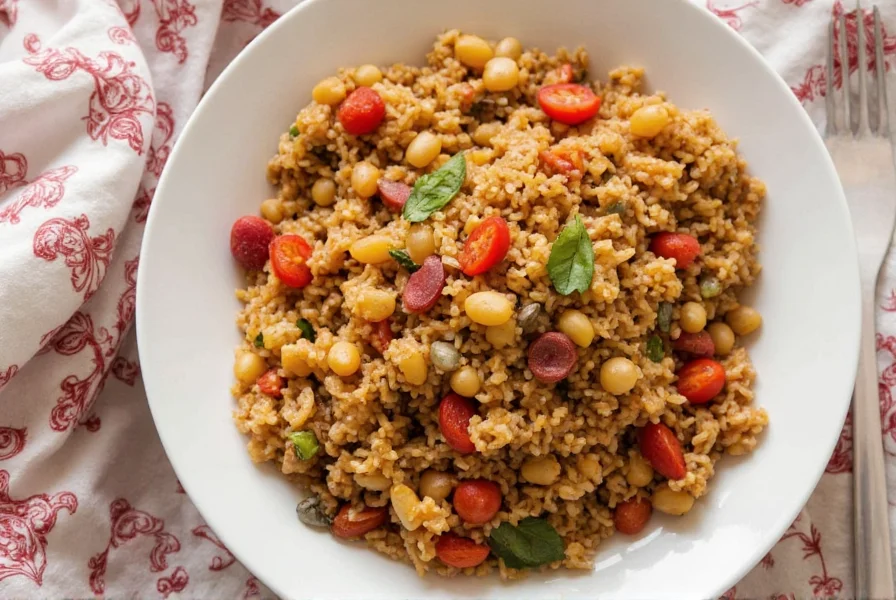









 浙公网安备
33010002000092号
浙公网安备
33010002000092号 浙B2-20120091-4
浙B2-20120091-4